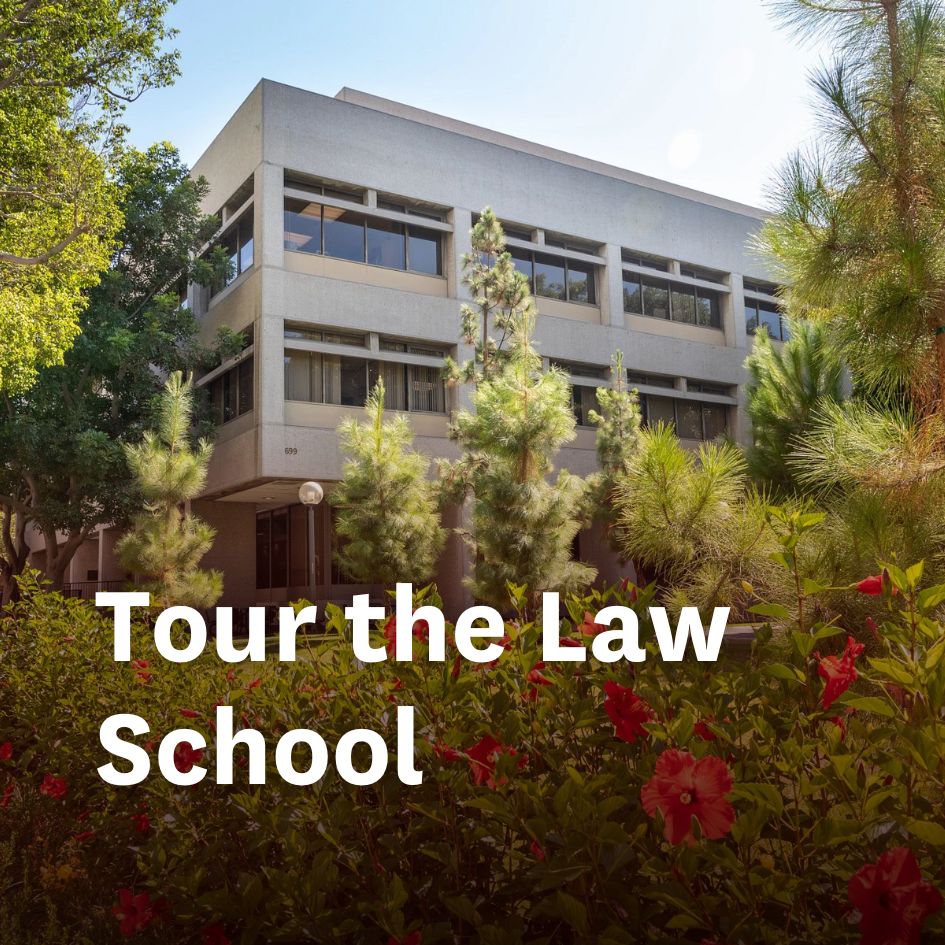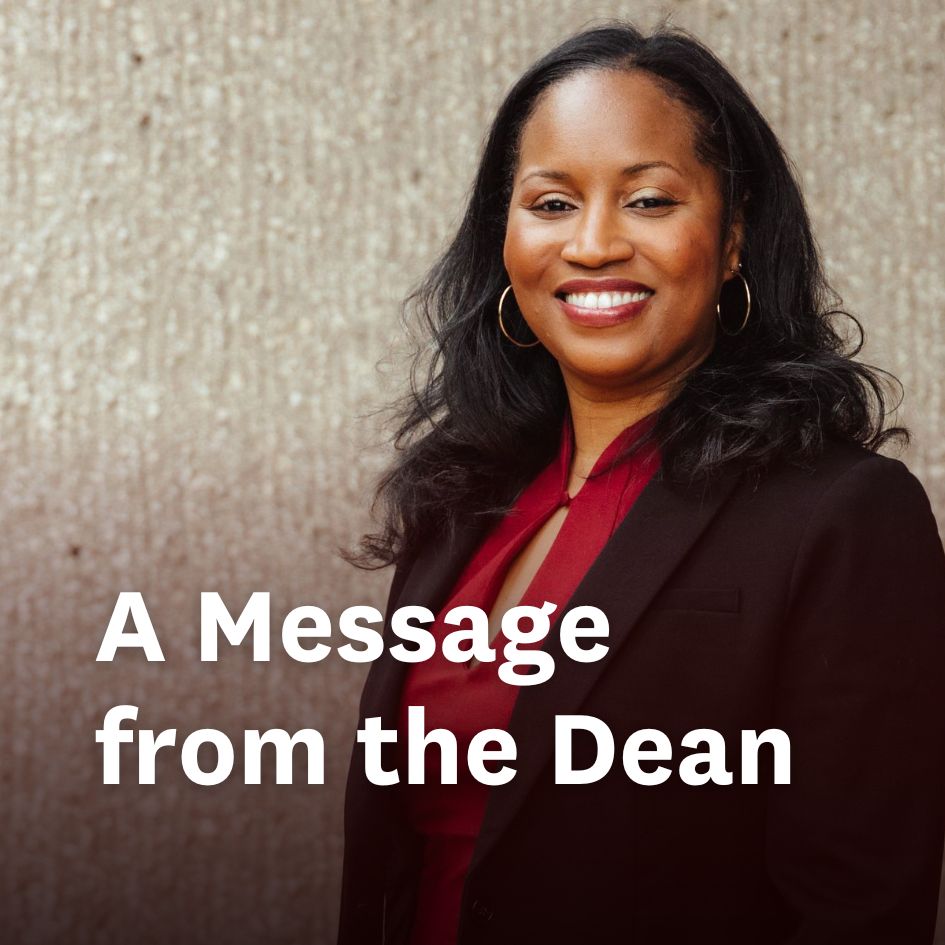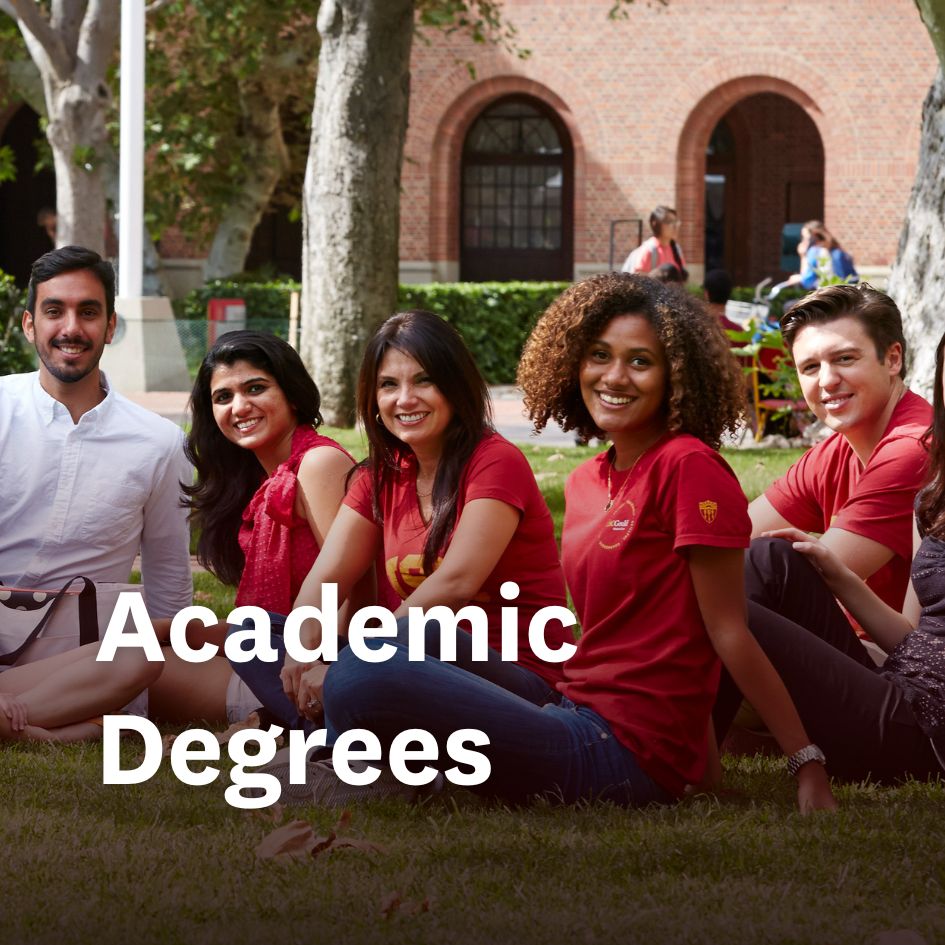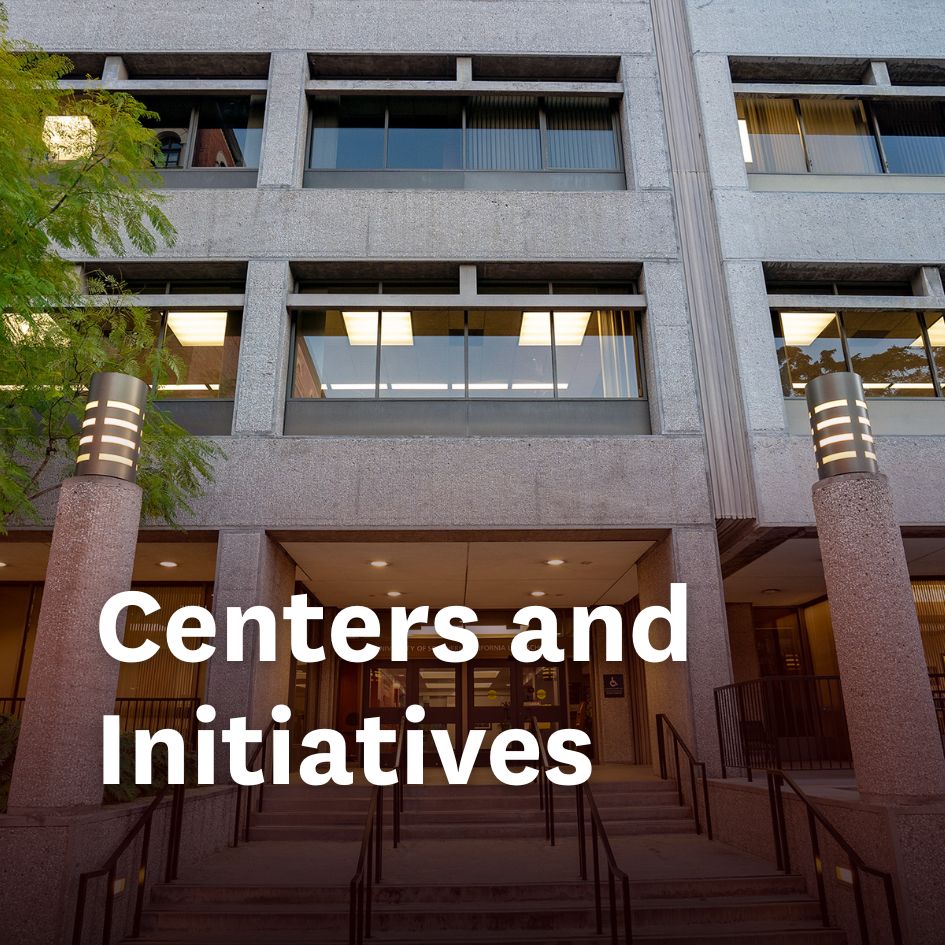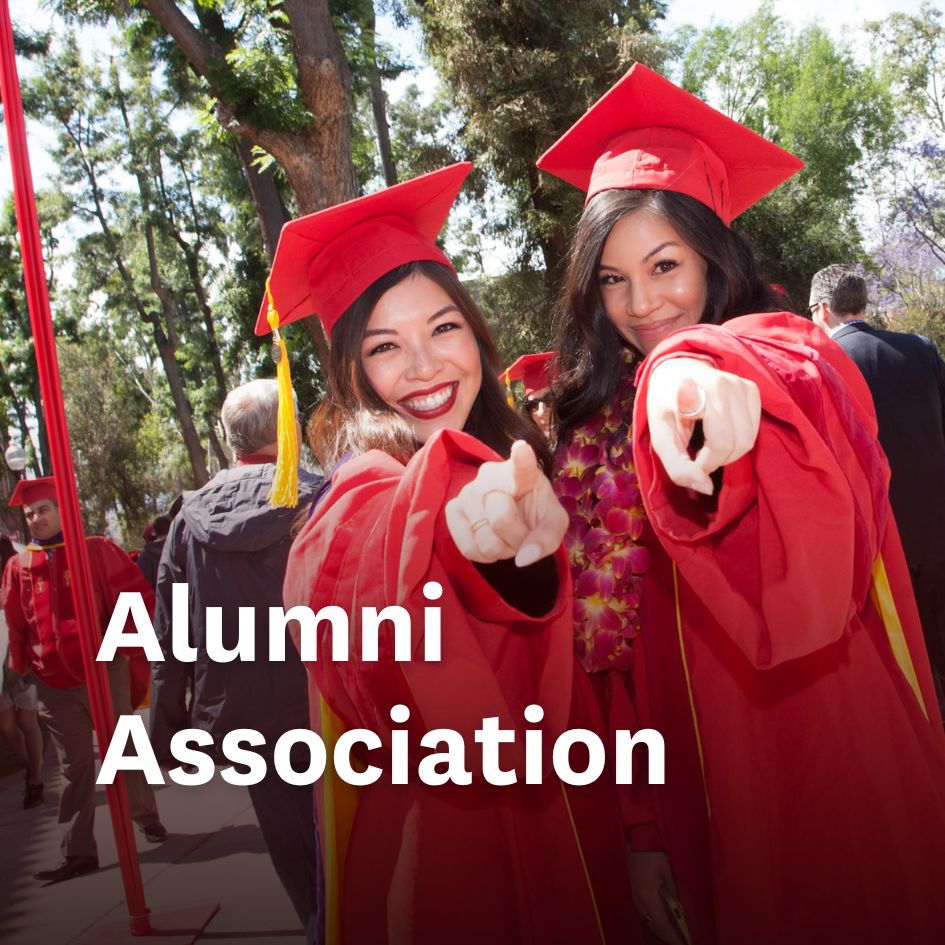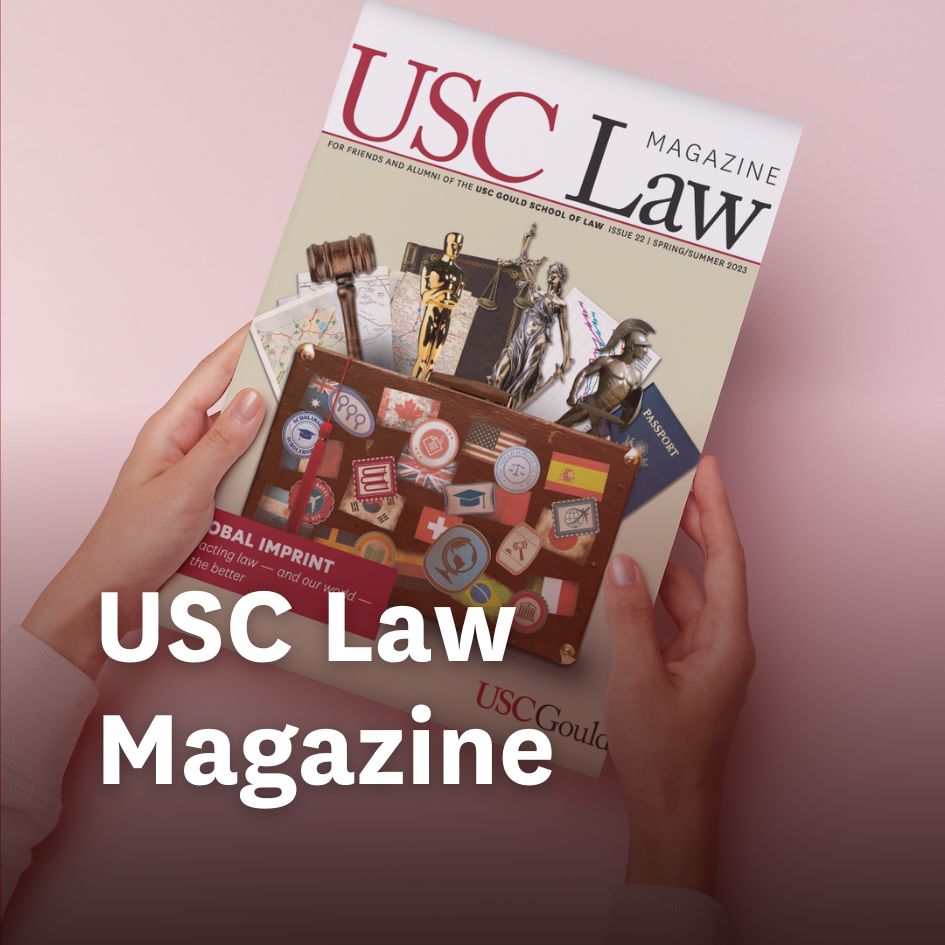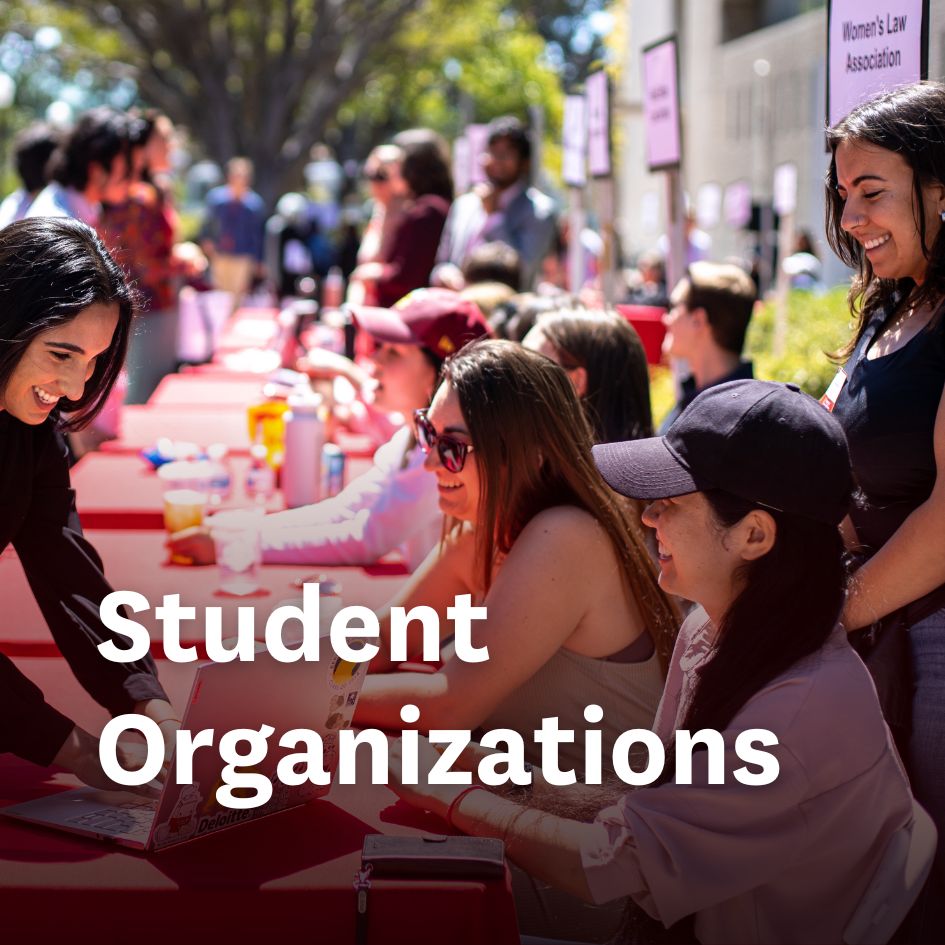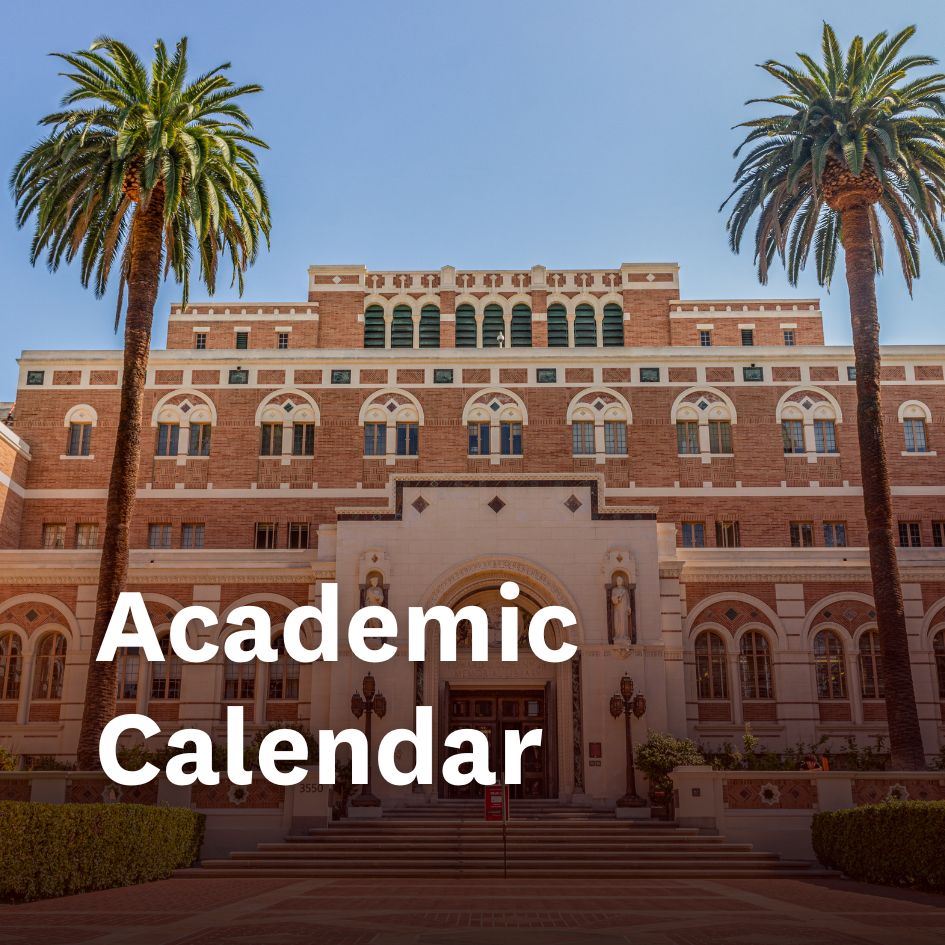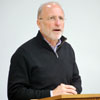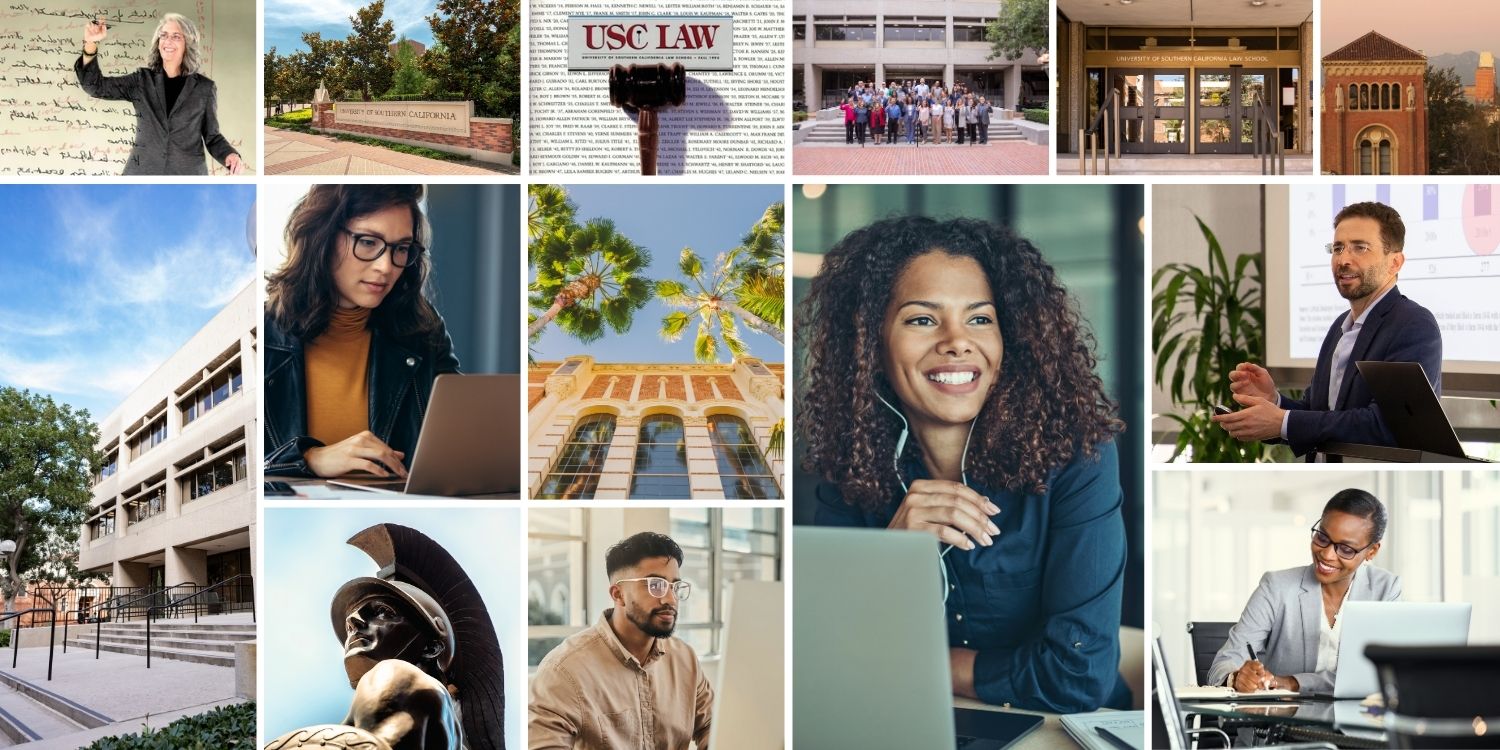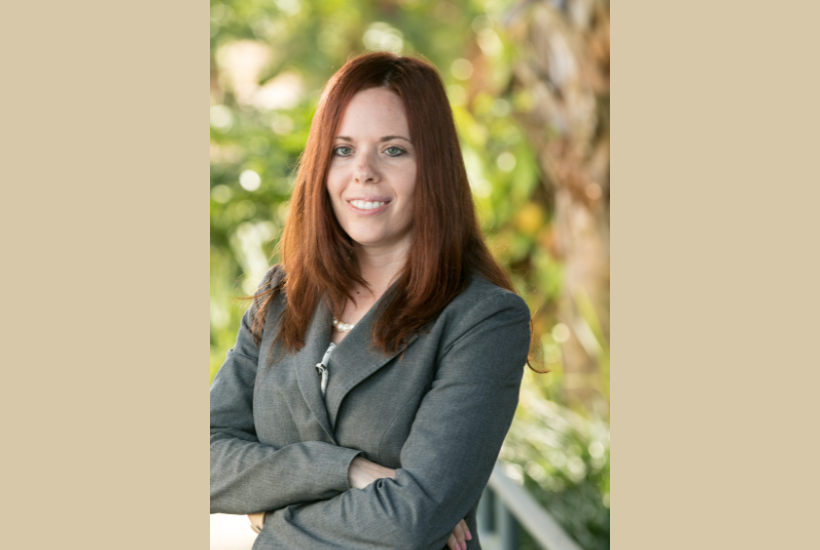Getty Trust CEO shares his vision and values for museums
With the spring semester winding down, USC Gould students took advantage of attending one of the last lunchtime events during the spring semester. Sponsored by the Art Law Society, students gathered to hear James Cuno, Ph.D., president and CEO of the J. Paul Getty Trust, discuss the link between diplomacy, art and law. As CEO, Cuno oversees the Getty Center in Los Angeles, the Getty Villa in Malibu and the Getty Foundation, Conservation Institute and Research Institute.
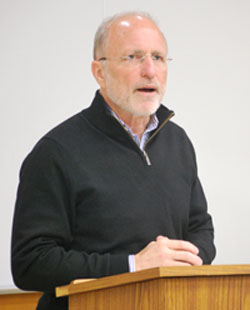 |
| James Cuno shares his experiences with art and law at the Getty Center. |
Cuno addressed the importance of preserving an archeological record, the issue of proper title for works of art, and the concept of the “universal museum.” Advocates of the universal (or encyclopedic) museum argue that, while some artifacts may have found their way into a museum’s collection in unscrupulous ways, museums have a duty to care for the cultural heritage of the world – and not just the countries in which they exist. A visit to a single museum would allow the visitor to experience and assess the world’s differences and similarities.
“People identify with art and it broadens their view of the world,” Cuno explained.
Museums, including the Getty and private collections around the world, have been involved in controversies regarding the purchase of antiquities that were stolen or removed illegally from their country of origin.
“We get information on each piece, but we don’t have all the information [so we] have to assess the risks of acquiring an object with incomplete information,” Cuno said.
When museums are deciding whether to purchase a piece of art, executives must consider an object’s authenticity, financial risk, and its ownership history. Cuno says that, since museums are public institutions, the process aims to be as transparent as possible.
While the Getty has returned art objects to Greece and Italy over the last ten years, it has strengthened cultural ties with these countries by providing restoration at the Getty. In fact, Cuno pointed out that one of the best reasons for working at the Getty is its vast financial and talented resources.
“I work around really smart people and have the resources to do good work, both here and abroad,” Cuno said.
That “good work” has allowed visitors to the Getty to see works of art from countries that have never allowed some of their most valuable artifacts to leave their borders before.


